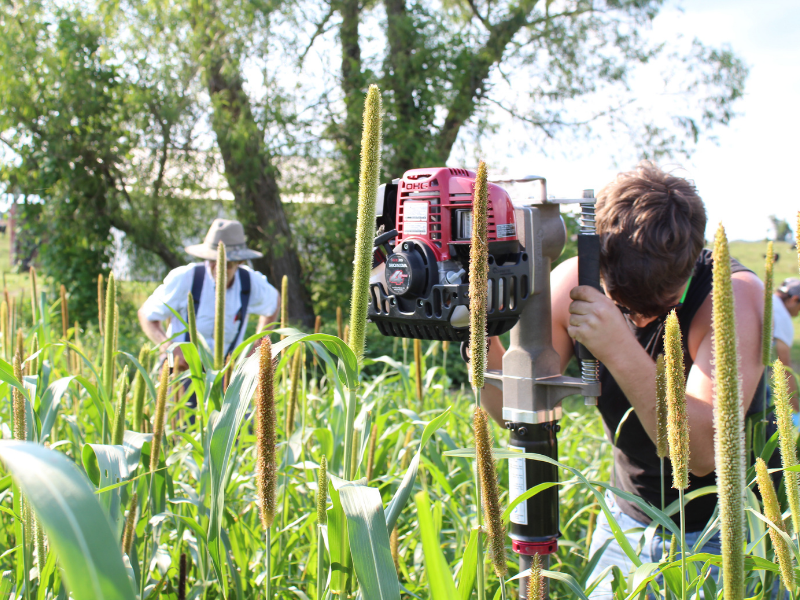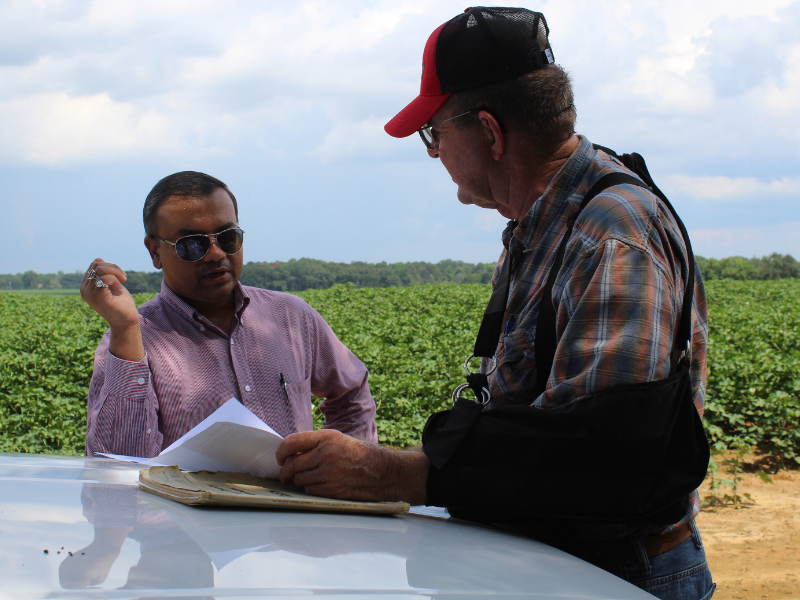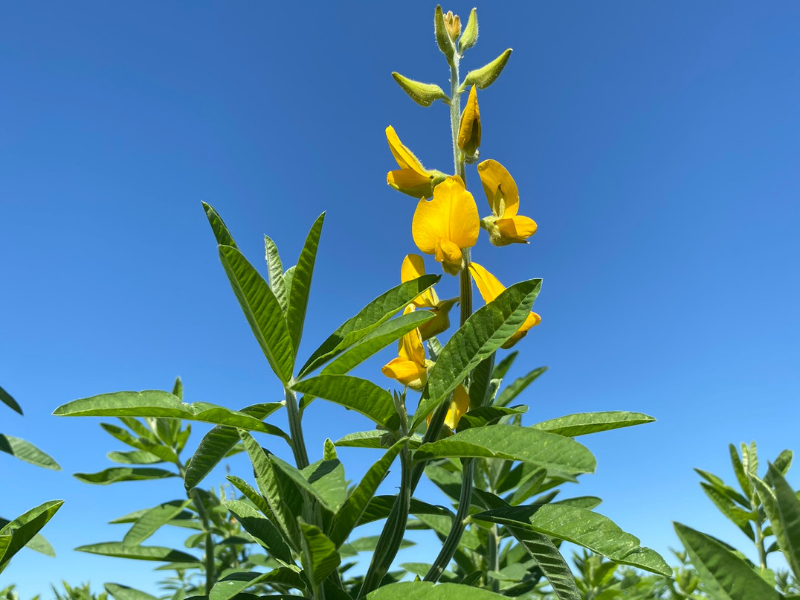Plant Science

Oats are full of essential nutrients and are a great source of energy. They also provide dietary fiber, a key part of healthy, balanced diets.


Cassava is a vital source of calories for close to a billion people across the world. The plant is a woody, perennial shrub with edible roots. Cassava roots are rich in carbohydrates, potassium, calcium, vitamins B and C, and essential minerals. Cassava plants can grow in relatively poor soils and in challenging environments.

The soil is a vital foundation for most plant life. Our crops rely on this rich trove of nutrients and microbes to help turn sunlight into food. But we’ve learned over the last few decades that there can be too much of a good thing.

As you start to plan for your Thanksgiving dinner, sweet potatoes are likely on the menu. Whether roasted and savory or topped with marshmallows, they’re a fall staple.


Drinking orange juice with breakfast has been a staple in kitchens for years. But a disease has been infecting citrus trees and reducing yields, threatening the supply. Called “citrus greening,” it causes trees to decline and die within three years. The disease destroys the production, appearance, and economic value of citrus trees and their fruit. There is no cure.

Popcorn is one of America’s favorite snacks. But did you know that a grain called sorghum can also be popped?

Researchers at Texas A&M University recently released a new variety of sorghum with excellent yield and superior popping quality.

If you’ve ever moved from one location in the US to another, you may know that different regions have different “hardiness zones” for outdoor plants. So, if you live in the south, and want to bring a prized rose bush when you move to a northern state, it most likely won’t survive.


Sunflowers have many uses. They are used for floral arrangements, animal feed, biofuels, and even food for us.

When grown commercially by farmers, the quality of sunflowers is based on the oil and protein concentrations in the seeds.


